Xenia are not just hotels; they are traces of a national modernization plan that, in the 1950s and 1960s, aimed to place Greece on the global tourism map. Designed by leading Greek architects, Xenia set a standard of modern aesthetics, harmoniously integrated with the natural and historical environment, with a vision of presenting Greece as outward-looking and cosmopolitan.
Neglect and Preservation
Some Xenia today stand neglected, as architectural fragments of a modernizing vision, often victims of looting or indifference, their future still uncertain. However, many have been preserved and given a new life, sometimes as hospitality or recreational venues and sometimes as cultural centers, while others are in the process of restoration.
Balancing Investment and Heritage
Decisions regarding their use and operation go beyond property management. They require a delicate balance between the viability of an investment and the preservation of the sanctity of the site and protection of cultural heritage. Their use is not merely a business activity but a complex process dictated by the legal framework for the protection of archaeological sites and monuments, as well as decrees defining permissible uses and building regulations, which serve as filters for Ministry of Culture approvals to prevent alterations to historic sites.
Current Restoration Efforts
Efforts are underway to utilize certain hotels of the emblematic Xenia program located within archaeological zones, such as the Xenia in Arta, situated within the Byzantine castle. The municipality’s initial proposal for hotel use was rejected in 2017 by the Central Archaeological Council as incompatible with the character of the monument; the municipality is now pursuing a hybrid plan for a cultural multipurpose space with limited hospitality.
In Paleopolis, Samothrace, near the Sanctuary of the Great Gods, the Xenia, now property of the Ministry of Culture, will be converted into a museum shop and refreshment area after completion of ongoing studies.
The Xenia Motel in Paliouri, after many years of delays, finally received approval in August for the final restoration and reuse plan for the monument-designated complex, as part of the already approved spatial development of a Composite Tourist Accommodation. Further approvals for the start of investment are still pending.
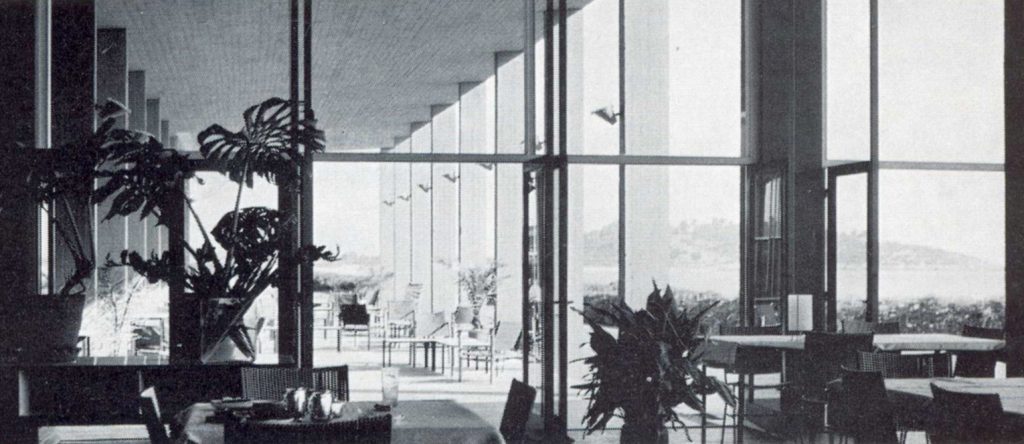
Restoration and exterior design studies, including the addition of new buildings, were also approved this year for other Xenia, including Spetses.
Challenges and Abandonment
However, there are also examples where “no light is visible on the horizon,” such as the derelict Xenia in Ancient Corinth, which suffers serious structural issues (owned by the municipality), and the former Road Station building in Platamonas. For the abandoned unit in Paliochora, Heraklion, HPPC is in the process of signing a contract, while the fate of the Xenia in Thasos has yet to be determined.
In Psychro, Lasithi, although the Archaeological Service gave the Municipality of Oropedio permission for maintenance and restoration within the protected zone, work has not yet progressed.
Xenia Hotels That Have Found a New Life
Many Xenia, however, have found new life. The former Xenia Lagonissi, within the archaeological site of Lavrion, now operates as the Grand Resort Lagonissi. Similarly, Xenia in Mykonos, Sifnos, Kalamata, Larissa, Pylos, Kos, Kastellorizo, and Patmos continue to operate as hotels. In Skiathos, the original building was renovated and complemented by a holiday village, while renovation works are ongoing at Xenia Chios.
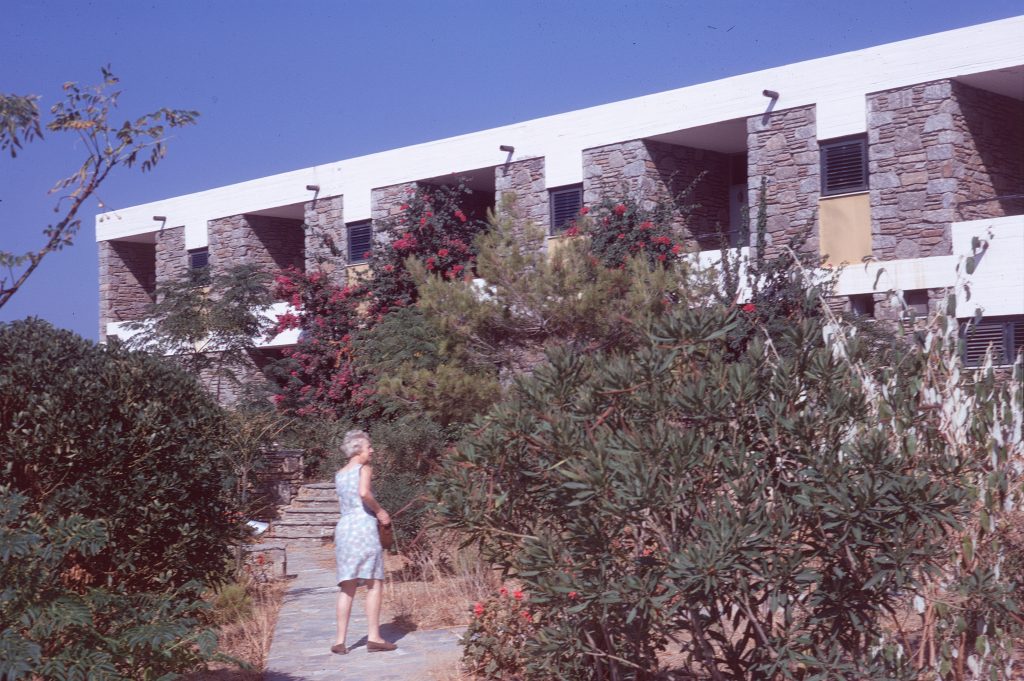
Other Xenia have found uses outside tourism: in Paros, they house municipal offices; in Ancient Olympia, they host the workshops of the Archaeological Service, a researchers’ guesthouse, municipal offices, and a fire station; in Mystras, the Municipality of Sparta plans to convert the building into a cultural multipurpose space (currently a catering venue).
In Chalkida and Itea, the buildings were repurposed for dining and leisure, while the Xenia of Epidaurus serves as a refreshment and restaurant space for performances at the ancient theater.
HPPC’s Strategy and Investor Interest
Regarding the 29 historic Xenia under HPPC’s management, ten are already leased, including Xenia in Arachova, Kastoria, Nafplio, Cape Sounio, Edessa, Serres, Portaria, Ancient Olympia, Lagonissi, and Chios. Seven are in the process of contract signing (Kastania, Andros, Platamonas, Tsagarada, Xanthi, Ouranoupolis, Heraklion). Eight remain free and available for utilization (Kozani, Kalentzi, Thasos, Vytina, Drama, Komotini, Epidaurus, and Delphi).
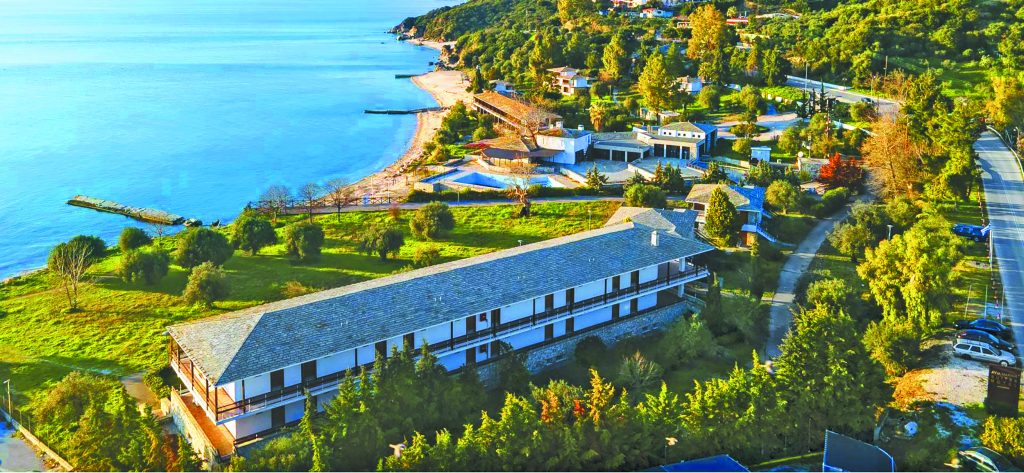
A new era begins for Xenia in Ouranoupolis, located in the protected area of the Athos peninsula, as a contract for its full renovation and reopening is expected to be signed soon.
By the end of the year, HPPC plans to launch public tenders for Xenia Drama and Kozani, where there is investor interest. Preparatory steps for Xenia Delphi and Igoumenitsa are underway. The latter, previously leased to the University of Ioannina until 2027, will be reclaimed due to extensive decay. HPPC aims to utilize this space strategically, given its location with direct connections to Italy and the wider Adriatic region.
Interest in Xenia is exemplified by the recent tender for the 30-year lease of the Xenia in Ouranoupolis, which attracted seven investment groups and was awarded to the highest bidder, offering €826,875 annually, up from the starting price of €240,000.
Source: tovima.com
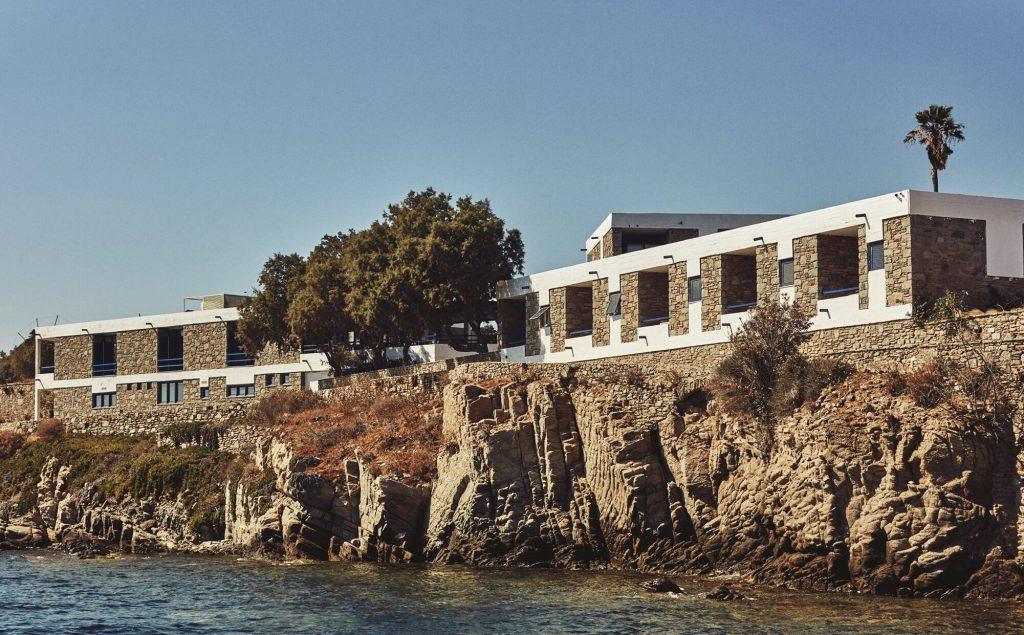











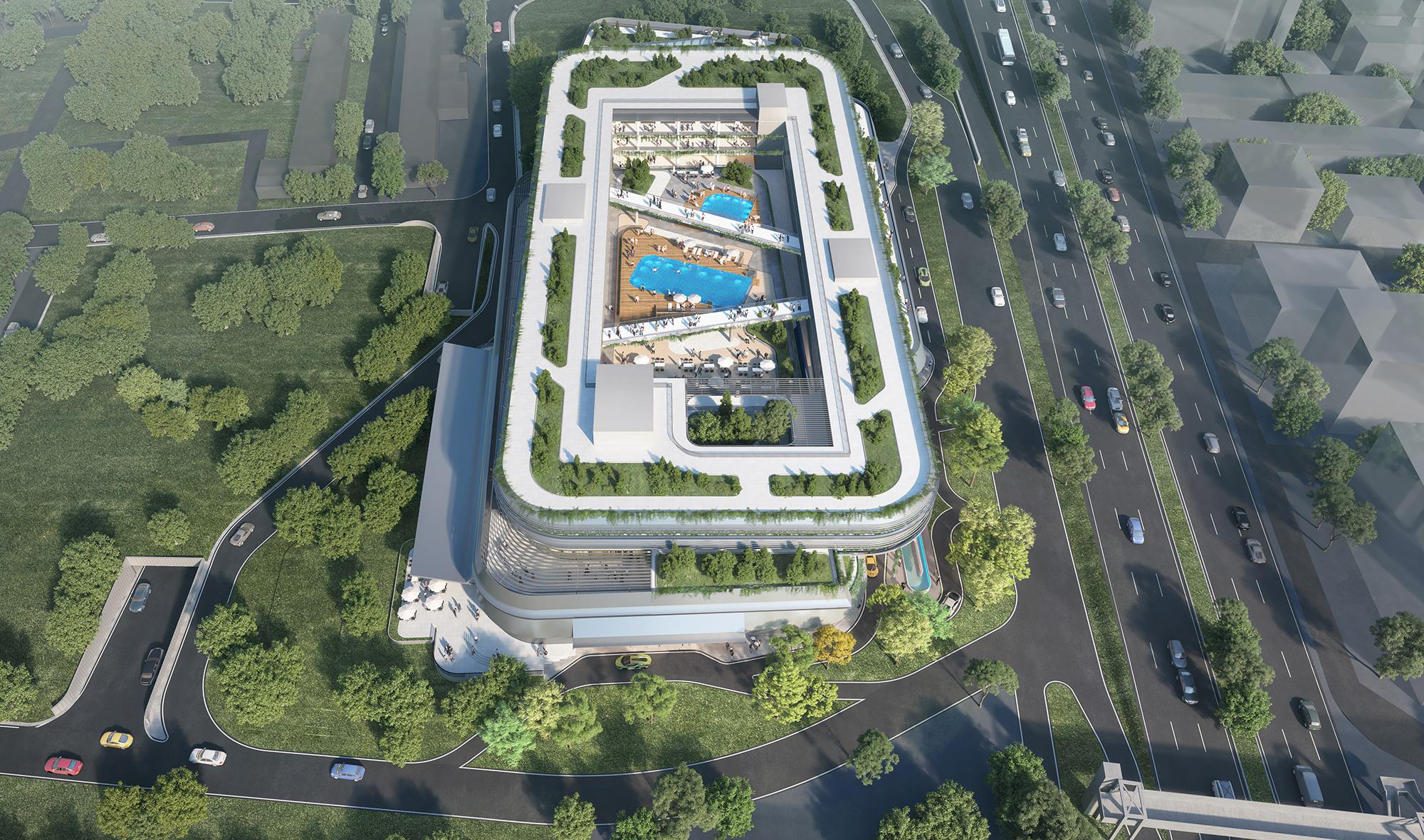


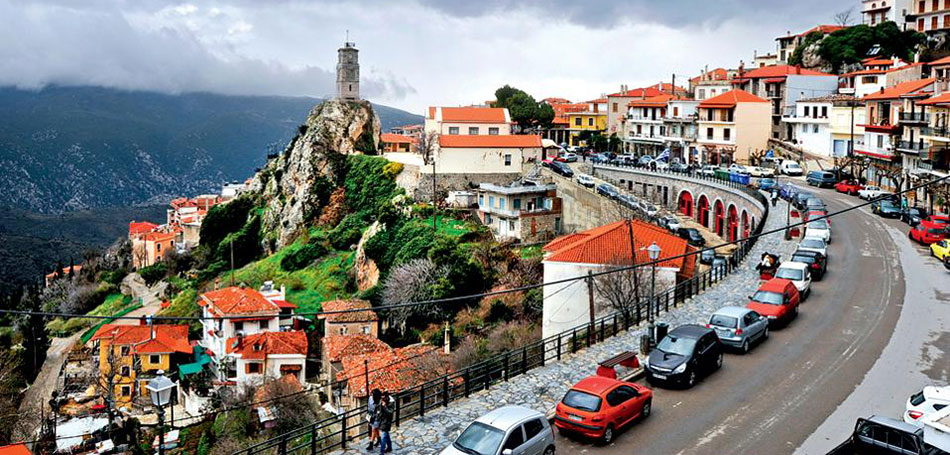


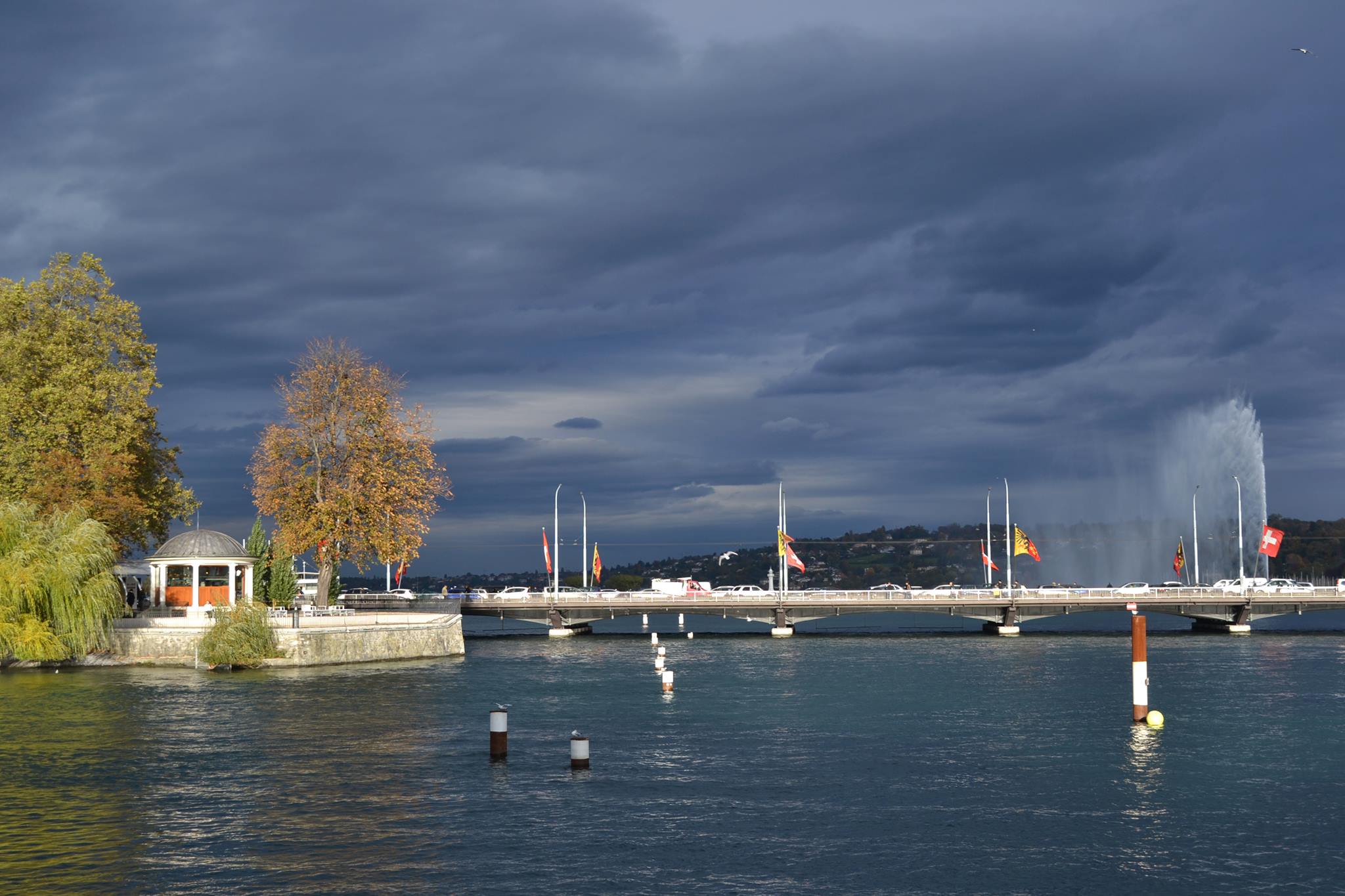
















![Τσιάρας: Οι δηλώσεις για τα αιτήματα των αγροτών [live]](https://www.ot.gr/wp-content/uploads/2025/12/kostas-tsiaras13-768x440-1.jpg)





